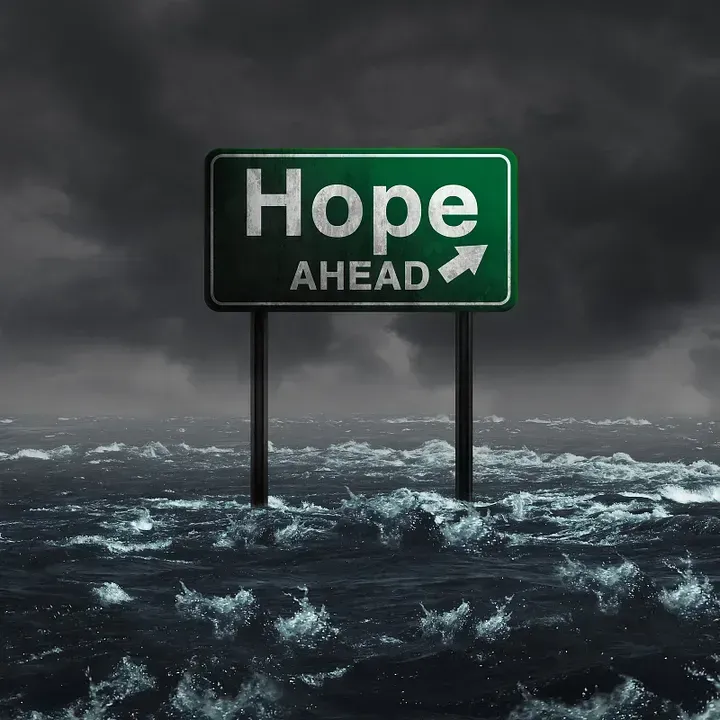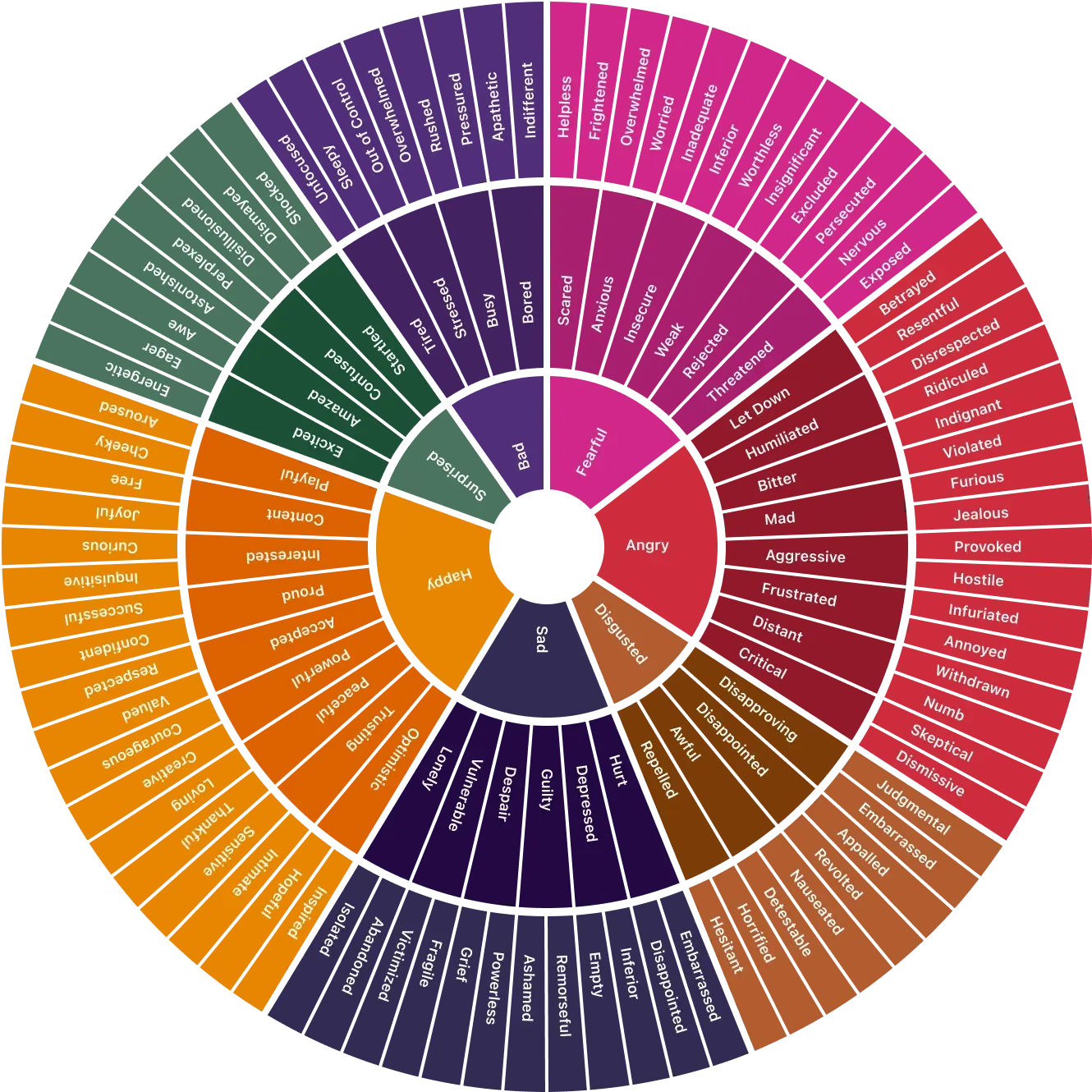From Victim to Hero: Rescue Yourself From Hopelessness
When emotions overwhelm us, it often feels like the world is happening to us — the boss is never satisfied, we can’t lose the weight we want...

Written by: Karissa Krapf, LCSW, LISW-CP, DBT-LBC
When emotions overwhelm us, it often feels like the world is happening to us — the boss is never satisfied, we can’t lose the weight we want, our partner doesn’t understand our perspective, a best friend moves across the country, a family member dies, or a single parent struggles to juggle work and childcare. Seeing life as something that happens only to us builds a sense of helplessness, eroding our confidence and making us feel like victims. Helplessness is closely tied to hopelessness — the belief not only that we are powerless to affect change, but also that the future is bleak no matter what, so why even try? We end up managing difficult experiences and painful emotions while feeling we have little or no control to make things better, convinced that anything we attempt will fail.
There is a way to flip the script on how we travel through difficult experiences, to use difficulty to go from the victim to the hero in your story. I don’t mean to say that it’s going to feel pleasant or be easy. Going through hard times isn’t easy, and we can’t really expect it to be unless we want to create a lot of disappointment and struggle for ourselves. At a time when helplessness (victim mindset) tries to drag us into it's bed, we have choices. We can allow it to overwhelm us. We can try to “white knuckle” through while ignoring our emotions, needs, and experiences. We can “fake it” and pretend to be happy and unaffected. Or we can grab every bit of bravery we can gather in ourselves (and from the support of others) and turn to face the emotions with the goal of identifying what we can do.
Often, we can’t change the outside situation. People may act in ways beyond our control, and events will happen regardless of our wishes. But we can choose how we respond inside. That’s where our power lives. The following steps can help us move from despair toward hope and become our own heroes. The following steps give us the chance to cultivate hope at the times we are most vulnerable to sink into despair — to become our own hero in the face of difficulty.
Step One: Identify the Emotion(s)
This may seem simple, but there are so many of us that have a limited ability to know what we are feeling. We know our thoughts and opinions as the brain likes to shortcut overthinking in an effort to distract from distressing emotions. At the same time, the emotion is where we get the information about what’s needed in the situation.
- Ask yourself: What emotion(s) am I feeling? Try using the Feelings Wheel below.
- Pause there. Keep away interpretations, beliefs, or critiques.
- Example: “I’m feeling lonely, overwhelmed, and scared.”

Step Two: Validate
Respond to yourself as you would to someone you care deeply about. We approach ourselves here with curiosity and understanding rather than criticism.
- Ask: How does this emotion make sense given the situation/context/history of experiencing things like the current situation? Seek to understand here rather than to critique. This is the time for curiosity and compassion, not harshness and minimizing.
- Example: “I can understand feeling lonely because I’ve been more isolated with social distancing and pandemic concerns, and I’m a person that really likes connecting with others. I’m feeling overwhelmed because there have been a few stressors recently, all at one time, and I’m not sure what to do. I’m scared that I won’t be able to handle everything, which is probably pretty normal when a lot of things are happening at once.”
This step is influenced by Dr. Kristen Neff’s self-compassion work
Step Three: Connect Emotion to Need
Feelings signal unmet needs. Sadness often needs comfort or hope. Fear needs safety. Loneliness calls for connection. This part is a bit tricky if you’ve never thought of yourself having needs or of the idea that emotional distress is a sign of an unmet need.
- Try using the Needs Inventory and read over it, seeing if anything jumps out at you.
- Alternatively, think about needs that make sense with emotions most of the time. For example sadness usually needs comfort or hope, fear needs reassurance or safety, loneliness often requires belonging or connection to dissipate.
- Example: “Loneliness — I’m needing a bit more connection with others, something with more depth than ‘how are you?’ Overwhelmed — I need to see how I’m capable, or maybe see a way forward. Scared — I need to feel brave, to have reassurance I can do this, that it won’t be a tragedy if I fail.”
Step Four: Open to What Works
We have to stretch a bit for this sometimes as our habitual and pattern-driven brains love to generate the same old solutions to problems and the same ways of managing situations apart from what might actually work. Stay open, breathe, notice ideas or images that arise, and experiment as you try this step. You don’t need a perfect solution — just openness. Often, once you identify the need, opportunities to meet it start appearing naturally.
- Take one of the needs and consider “what would it look like to have that need met?”
- Pay attention to words, images, experiences, feelings that come up.
- Open your hands, open your posture, take a deep breath, exhale, and consider moving towards brainstorming how to put into action one of the ideas to meet your needs.
This step is influenced by David Weinstock’s Somatic Approach to working with needs
What if I can’t think of what to do? No worries. It’ll come to you. In fact, even if you do nothing towards problem solving or enacting a strategy from the thinking brain to meet the need, oftentimes you’ll find yourself meeting the need in the coming days or weeks — especially if you practice this process more than once. Our brains naturally seek out information to confirm what we are thinking about and believing and focused on. If I start thinking about the color red and where the color red is and how it affects me, I’ll start noticing red everywhere. Same with emotions. Same with needs.
You can’t always choose what happens, but you can choose how you walk through it. Even in the hardest moments, you have the power to take one step toward hope. Be gentle, be curious, and remember — you are the hero of your own story.
